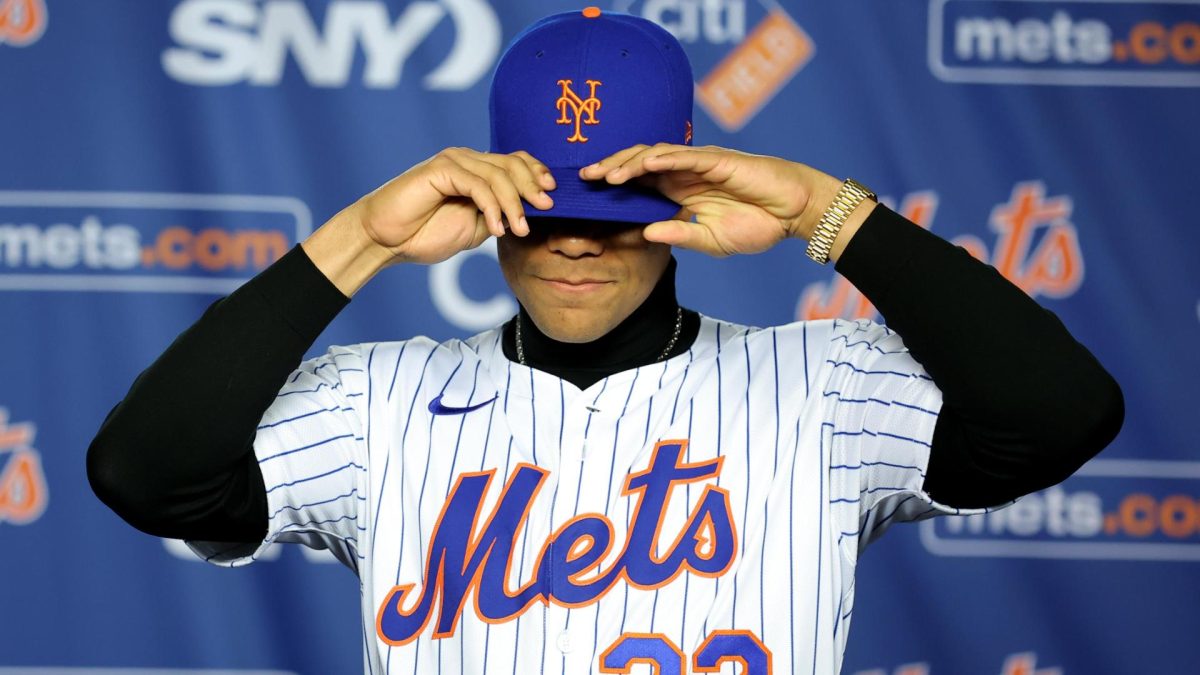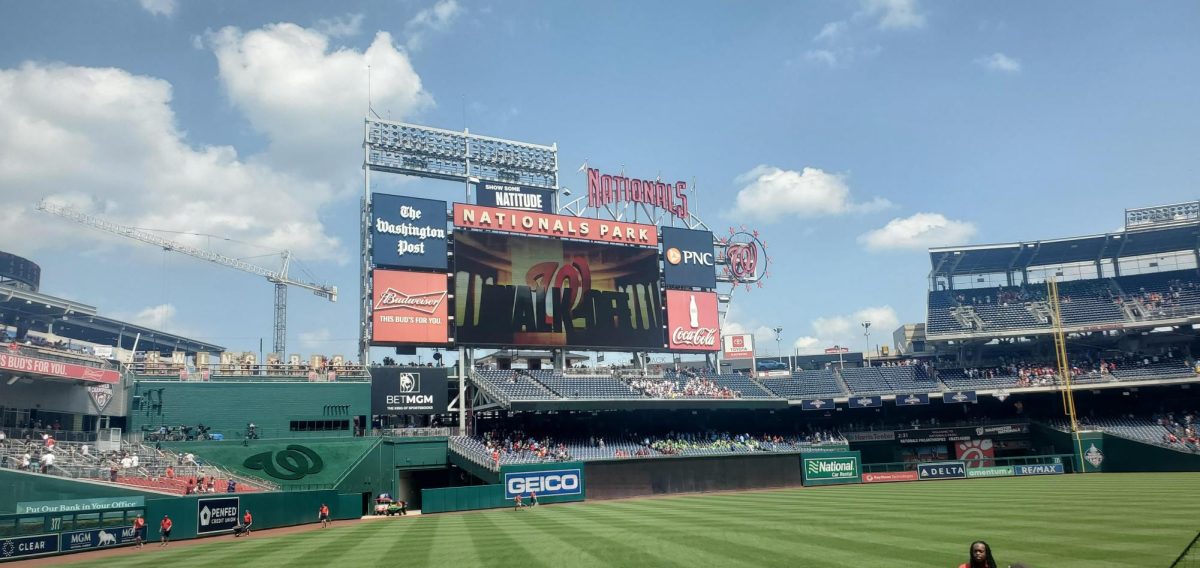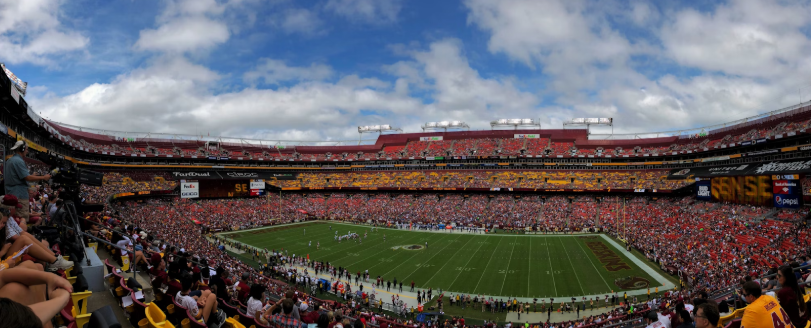Reflect for one minute, a short sixty seconds, about anything of your choice.
That probably did not feel productive, but if you are Juan Soto of the New York Mets, you earned 97 dollars in that minute alone.
Meanwhile, fans at the Mets’ Citi Field, one of baseball’s most expensive stadiums, are paying almost that for one ticket, with an average ticket price of $80.59.
Over the past few years, Major League Baseball (MLB) contracts have become insane sums of money: $765 million dollars for Juan Soto, $700 million for Shohei Ohtani. Baseball is the only sport without a salary cap, so these massive salaries are only on the rise. Many MLB ‘record breaking contracts’ hold the record for just a few days before a new blockbuster contract is signed to hold the new record.
In the offseason leading up to the 2019 season, Manny Machado signed a record breaking contract with the San Diego Padres for $300 million on February 19th. A short nine days later on February 28, Bryce Harper broke this record by signing with the Philadelphia Phillies for $330 million. The obsession with breaking records boils down to one factor: greed.
Rather than a salary cap, the only measure to deter teams from excessive spending is the luxury tax, a line drawn at $237 million in 2024. Teams that exceed rosters of $237 million pay a percentage in luxury taxes, which rises tremendously each year the team consecutively surpasses the salary cap. The money from the tax becomes dispersed to teams that do not have as much funding, like the Marlins and Athletics.
Nine teams, more than ever before, crossed this threshold in 2024, spending an accumulative $311 million. The World Series champion, the Dodgers, paid beyond $100 million of this fee.
The Boras Corporation, led by agent and namesake Scott Boras, is not solely but largely at fault for these mega salaries. He has represented countless players and continuously broken records, historically representing stars like Greg Maddox and Alex Rodriguez. Currently, the Boras Corporation represents 55 baseball players, headlined by Juan Soto, Pete Alonso, and Jose Altuve. These three alone made almost $80 million in the 2024 season.
These monstrous salaries come in part from the owners’ pockets, but these funds cannot cover the entirety of the estimated $300 million payroll of the 2025 Dodgers. The stadium’s revenue, a major contributor to these salaries, should also be considered, as these superstar contracts are ultimately paid for by the fans.
One example of the egregious price increase is a staple in baseball: the small, classic hotdog. Across all stadiums, the average price of a hotdog was $3.79 in 2010. In 2024, the average price of that same hotdog was $5.98. To compensate for the contracts, ticket and concession prices will continue to skyrocket, and the MLB will continue to point fingers at inflation, when perhaps that may not be the entire case.
For the National Football League (NFL) and National Hockey League (NHL), their policy of a hard salary cap prohibits teams from passing the maximum. If the teams exceed the salary cap, they will face potential fines of $5 million, loss of draft picks, and players’ contracts could be canceled. This system could be beneficial if implemented in the MLB by not feeding into the greed of the agents and players, as well as allowing smaller market teams to compete for the superstar players.
Attending a sporting event is slowly becoming a luxury item, and this issue will continue to snowball as long as owners ensure that they can capitalize on their loyal fanbase’s wallets.







